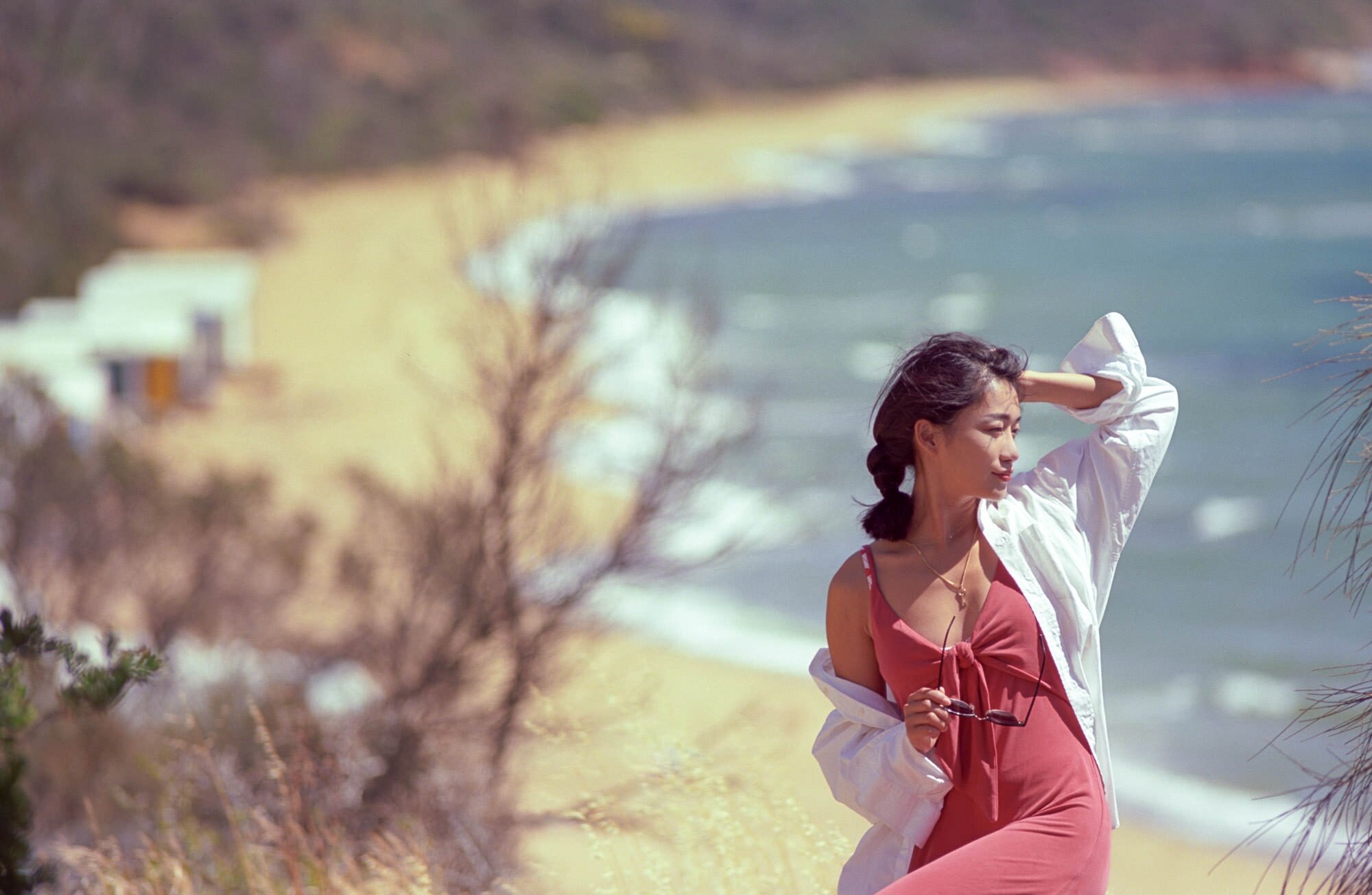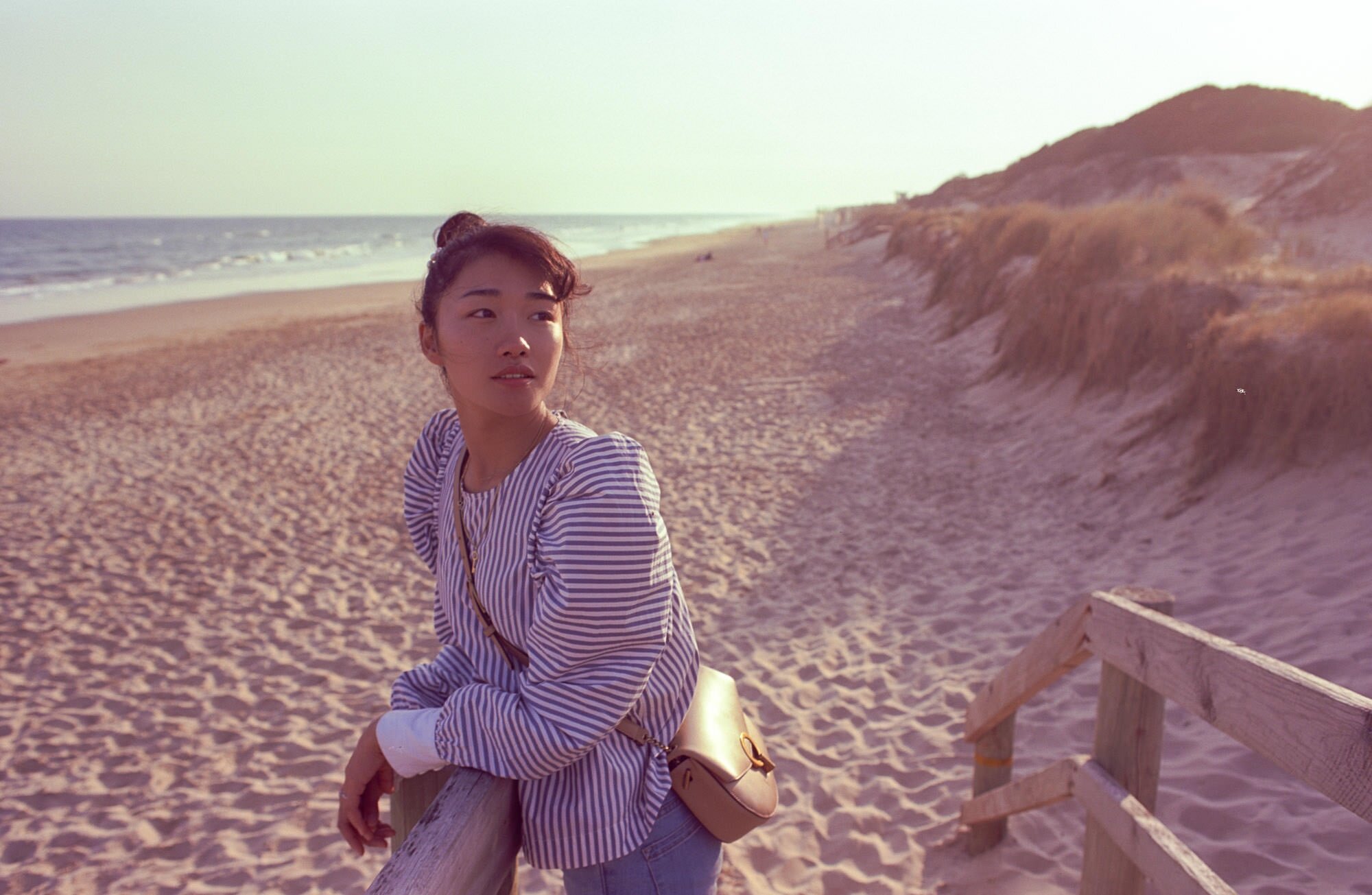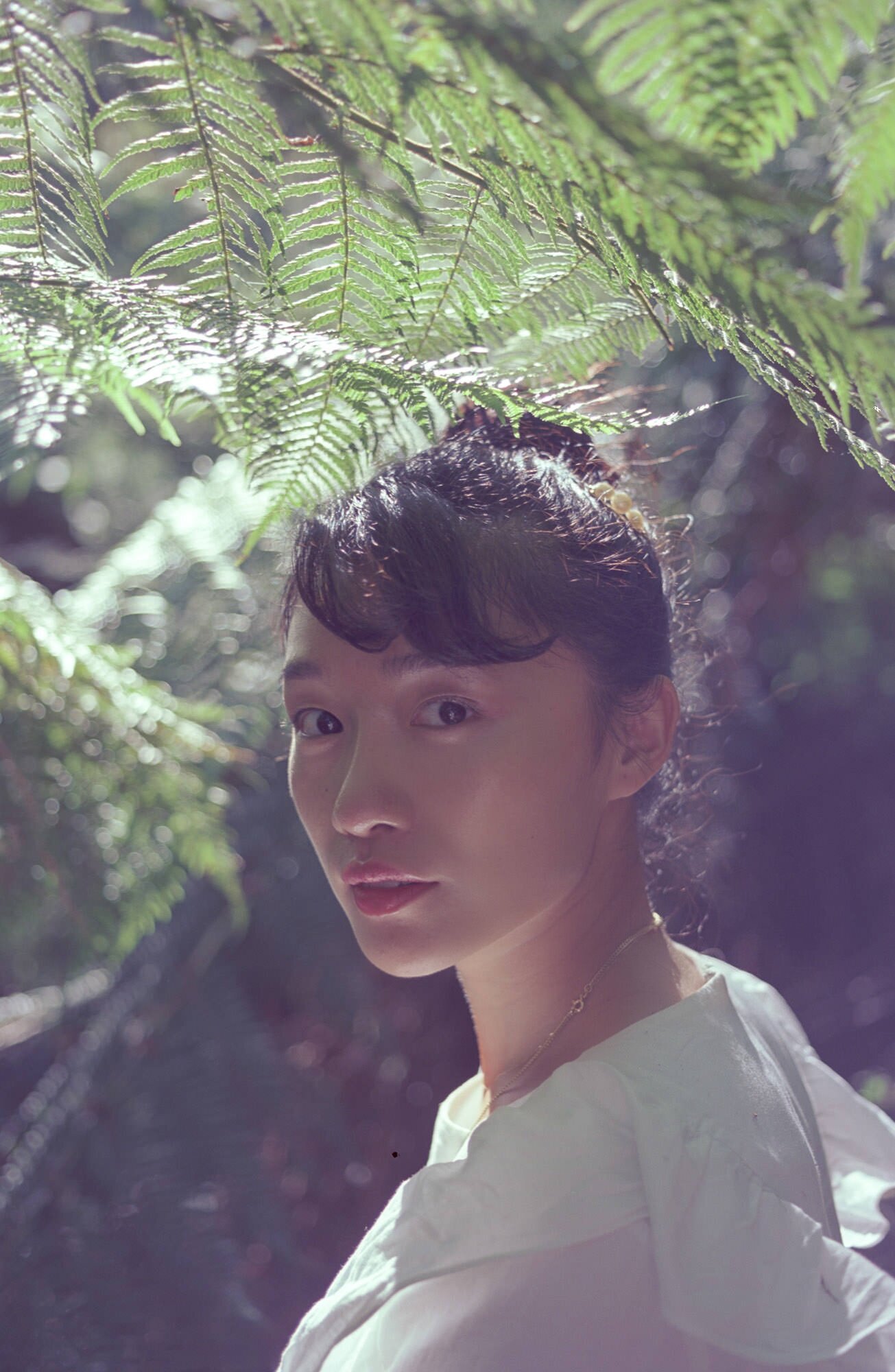Well it seems like the my last few posts don’t have much to do with being a photographer in Shanghai, but this post kind of is since it’s about the last two rolls of film (Kodak Vision 3 5203) I got back from a lab here, although they were shot during a three week trip to Australia.
This film, also known as 50D (50 ASA, daylight balanced) is the same kind of film that Christopher Nolan used on Dunkirk and that Tarantino shot Once Upon a Time in Hollywood on. (Well close enough - seems Once Upon a Time in Hollywood was shot on higher speed tungsten light balanced variants of Kodak Vision 3)
Sdodo, a young guy whose lab is down laneway off Yongkang Road in the former French Concession, hand-rolled this film as well as processed it.
I’d bought 6 rolls off Sdodo at the crazy price of around US$2.35 per roll, which was a special deal for a bulk purchase by members of an analogue film shooters’ group on WeChat. I wish I’d bought more.
Kodak Vision 3 50D is a very close cousin to the current line of Kodak Portra films, but as these films are designed to be colour graded in post production, they have very little saturation or contrast. I find the colour to be similar to the discontinued Portra NC range of films, which I really liked.
I’ve made some adjustments to contrast in the images I’ve shown here, which are of my fiancee Vanessa, who I’ve shot thousands of photos of in the almost seven years we’ve been together. Most of those photos have been on film, since these days I feel like I’m working whenever I pick up a digital camera. Although I sometimes shoot editorial assignments on film, shooting film puts me in a different headspace, partly due to its limitations.
Anyway, one of the remarkable thing about motion picture film is its incredible exposure latitude. Basically that means that you can over expose it (make it ‘too bright’) without losing detail in the highlights. It would be the film a cinematographer would use (along with ND filters) if they wanted to shoot with a narrow depth of field (blurry background) in the middle of the day since sound speed for cinema is 1/50 of a second - very slow for a bright day. It is also possible to under expose 50D far more than other emulsions without push processing. For instance, you can get away with shooting this film at 400 ASA, basically in three times less light that is what’s suggested. The rolls that Sdodo made were put into old Fuji canisters rated to 100. There’s only marginal difference in shooting the film at 100, but the contrast and saturation really jumps at 400.
It’s great to shoot backlit shots with since you can pretty sure you can still get all the detail in the shot. Also the subtle tones are great for portraiture. I like to rotate through my cameras and this time I chose to bring my Nikon FM3A to Australia as my 35mm SLR along with a 70s Nikkor 28mm f2, a 45mm 2.8P pancake lens (the kit lens when I bought the camera in 2003) and a couple of old Nikkor telephoto lenses (105mm 2.5 and 180mm 2.8), I’d borrowed from my friend Joshua Tinter for a video shoot in Shanghai.
One drawback of this film it that it’s tricky to process. When you load the film, it’s noticeably stiffer than regular 35mm. That’s because it has a ‘remjet’ backing layer to stop the film from catching fire as it spins around in a film magazine. This layer needs to be removed before it can be processed. As far as I know, no one will do this process in Melbourne, but two labs (Sdodo, and Film Park) within two blocks of where I live are able to do this process, known as ECN-2.
The other drawback (in a sense) is that it generally takes a while to get this film back from the lab as they technician will need enough rolls to process to make it worth their while. In this case, having to wait for the film was a plus since it returned me to memories of some warm, sunny days in Australia during a cold and smoggy Shanghai winter.
Sdodo will soon have some Kodak Vision 3 5207 (250D), which I’m looking forwards to getting my hands on.
More work at www.davetacon.com



